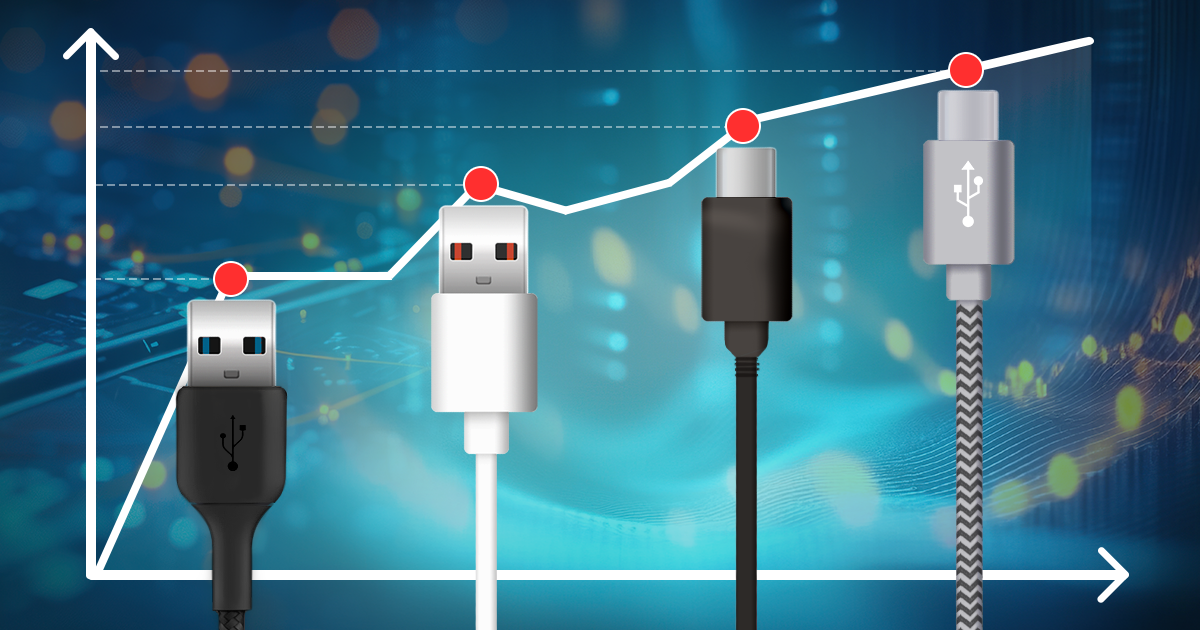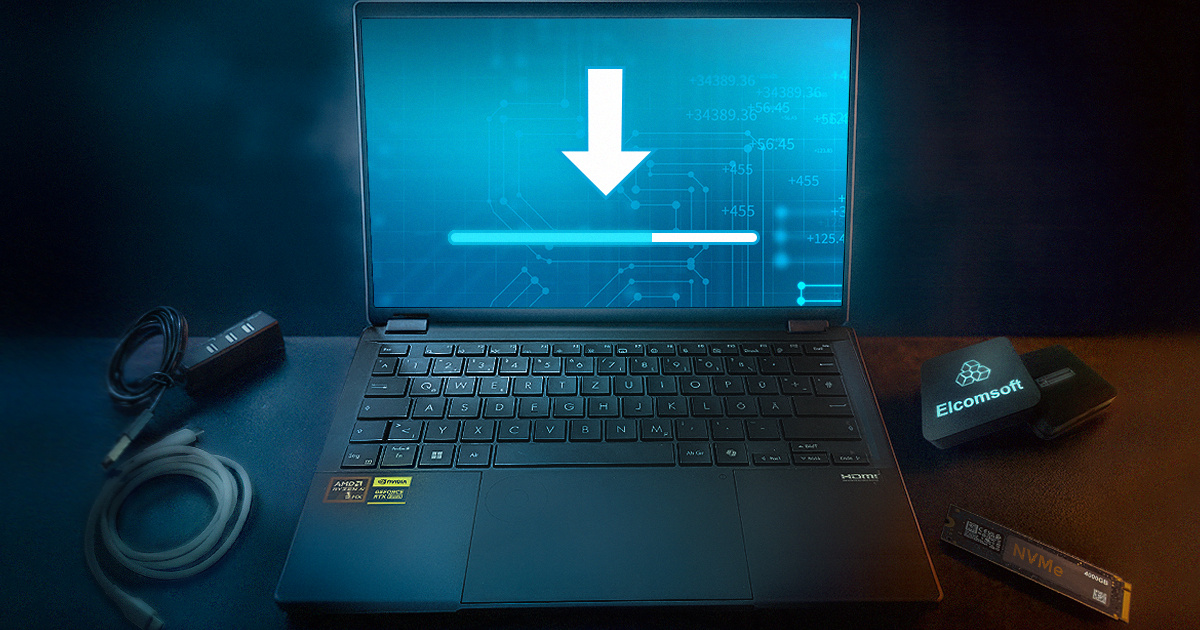Do you have to know which SoC a certain Apple device is based on? If you are working in mobile forensics, the answer is positive. Along with the version of iOS/watchOS/iPadOS, the SoC is one of the deciding factors that affects the data extraction paths available in each case. Read this article to better understand your options for each generation of Apple platforms.
Over the last several years, the use of smart wearables continued to grow despite slowing sales. Among the many models, the Apple Watch Series 3 occupies a special spot. Introduced back in 2017, this model is still available new, occupying the niche of the most affordable wearable device in the Apple ecosystem. All that makes the Series 3 one of the most common Apple Watch models. The latest update to iOS Forensic Toolkit enables low-level extraction of the Apple Watch 3 using the checkm8 exploit.
The fifth beta of iOS Forensic Toolkit 8 for Mac introduces forensically sound, checkm8-based extraction of Apple Watch Series 3. How to connect the watch to the computer, what data is available and how to apply the exploit? Check out this comprehensive guide!
Last month, we released the tool and published the guide on forensically sound extraction of the iPhone 7 generation of devices. Today, we have added support for the iPhone 8, 8 Plus, and iPhone X, making iOS Forensic Toolkit the first and only forensically sound iPhone extraction tool delivering repeatable and verifiable results for all 64-bit iPhone devices that can be exploited with checkm8. While the previous publication talks about the details on acquiring the iPhone 7, there are some things different when it comes to the last generation of checkm8-supported devices.
In order to use the checkm8-based acquisition, the device must be placed into DFU (Device Firmware Update) mode first, and this is the trickiest part of the process. There is no software way to enter DFU, so you have to do it manually. This article describes how to do it properly for the iPhone 8, iPhone 8 Plus and iPhone X that are now supported by Elcomsoft iOS Forensic Toolkit.
iOS Forensic Toolkit 7.10 brings low-level file system extraction support for a bunch of iOS versions. This includes the entire range of iPhone models based on the A11, A12, and A13 Bionic platforms running iOS 14.4 through 14.8.
Last month we introduced forensically sound low-level extraction for a range of iPhone devices. Based on the renowned checkm8 exploit, our solution supported devices ranging from the iPhone 5s through 6s/6s Plus/SE. Today, we are extending the range of supported devices, adding checkm8 extraction of the iPhone 7 and 7 Plus.
Installing the checkm8 exploit to perform forensically sound extractions with iOS Forensic Toolkit can be tricky, which is in part due to certain hardware peculiarities. If you watch our blog, you might have already read the article on checkm8, checkra1n and USB hubs. We have some good news: we managed to fix some of the issues with or without the use of a USB hub.
Half a year ago, we started a closed beta-testing of a revolutionary new build of iOS Forensic Toolkit. Using the checkm8 exploit, the first beta delivered forensically sound file system extraction for a large number of Apple devices. Today, we are rolling out the new, significantly improved second beta of the tool that delivers repeatable, forensically sound extractions based on the checkm8 exploit.
The second beta of iOS Forensic Toolkit 8.0 has arrived, offering repeatable, verifiable extraction for a limited range of iOS devices. The new release introduces a brand-new user interface, which differs significantly from the selection-driven console we’ve been using for the past several years. This article describes the new workflow for performing forensically sound extractions with iOS Forensic Toolkit 8.0 beta2.


